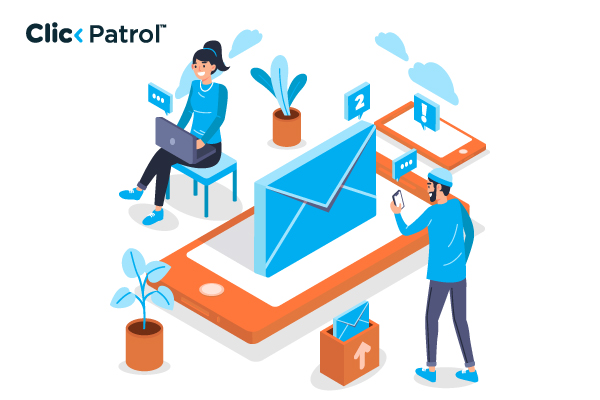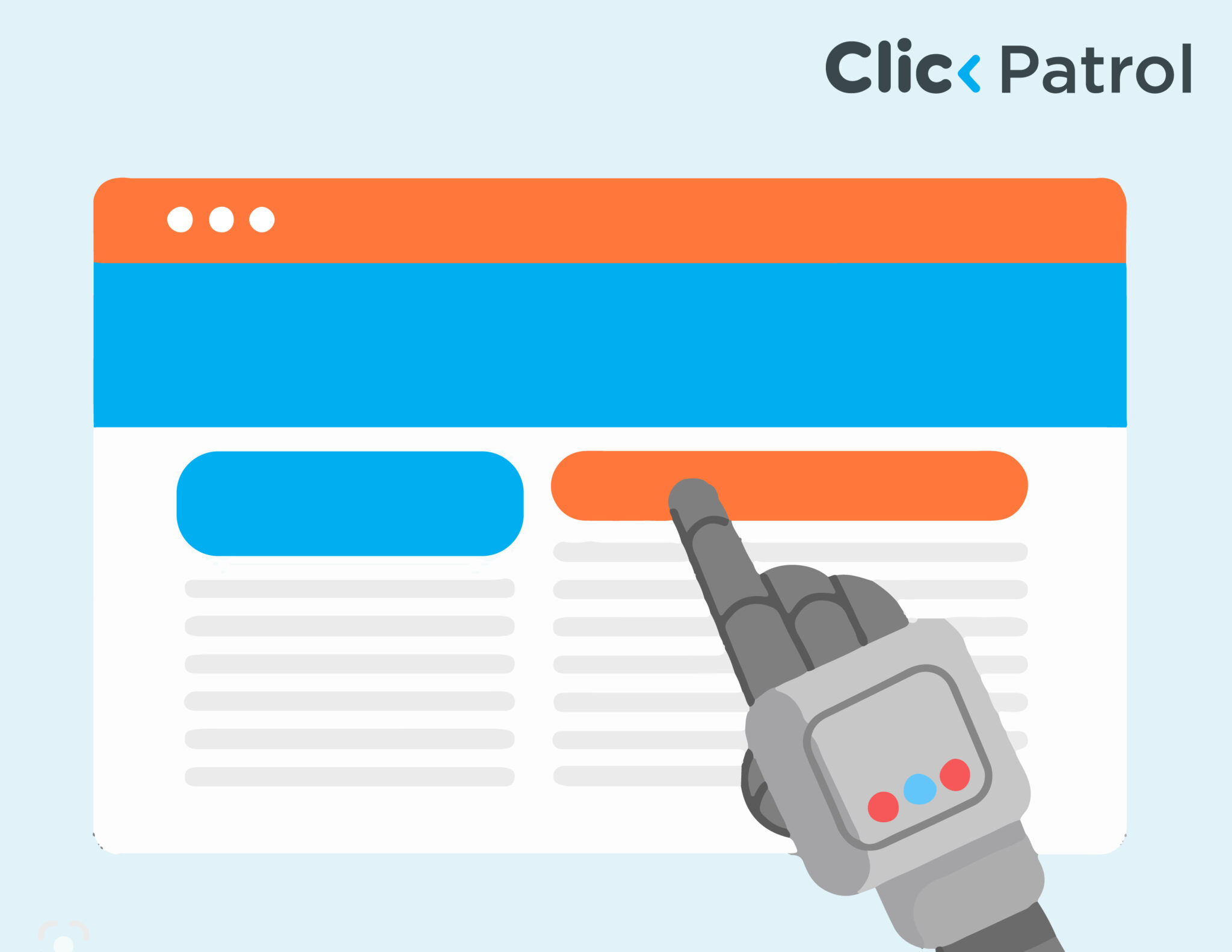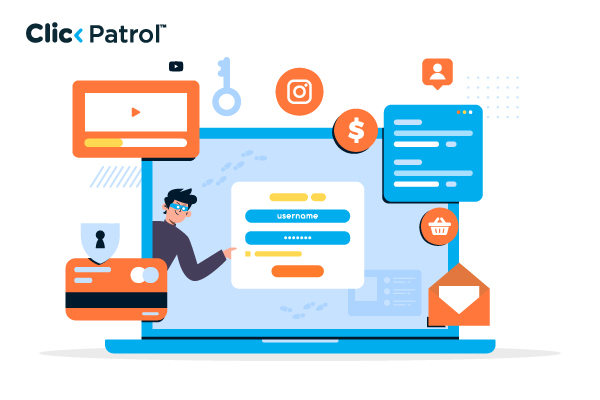
Bot followers: How fake social media accounts hurt your brand and what you can do about it
Abisola Tanzako | Jun 19, 2025

Table of Contents
- What are bot followers?
- Types of bot followers
- How to identify fake followers on Instagram, X, and TikTok
- Ethical considerations of using bot followers
- How to remove bot followers and prevent future fake engagement
- How to prevent fake engagement:
- X (formerly Twitter)
- How to prevent fake engagement:
- TikTok
- How to prevent fake engagement:
- Why bot followers damage credibility and engagement metrics
- Choose authenticity over artificial numbers
- FAQs
Statista estimates that, in 2023, about 15% of profiles on Twitter (now“X”) are operated by artificial intelligence. As social media evolves, many are turning to bots to help them become more influential and noticeable. Automated accounts that mimic humans have affected how online accounts are managed, brands are viewed, and marketing decisions are made.
On the other hand, Forbes mentions that many businesses need to invest in their online image; some go so far as buying followers, but this can be problematic if done unwisely. This guide covers identifying bot followers, their risks, and strategies to eliminate and avoid them.
What are bot followers?
Bot followers are accounts programmed to follow profiles, interact, and share content automatically. Such accounts are often developed with software that can act like a human being to different extents. Some bots simply post comments such as “Great article!” Some use advanced software to interact with users in more tricky ways, so it can be difficult to identify them.
Types of bot followers
Basic bots are straightforward accounts that use software to follow people daily and like social media content. Their behavior is usually not personalized and is easy to recognize.
- Advanced bots: Owing to AI, such bots can engage in communication that closely resembles human-to-human conversations.
- Hybrid bots: Using people and machines makes engaging customers personally and honestly possible.
- Spam bots: Such bots are intended to post TikTok videos that are pointless or harmful, and their main purpose is to disrupt the order of the community.
How to identify fake followers on Instagram, X, and TikTok
Identifying fake followers on Instagram, X (formerly Twitter), and TikTok is essential for maintaining the credibility of your account, especially if you are an influencer, brand, or digital marketer. Fake followers usually consist of bots or inactive accounts that do not engage with content meaningfully. Here’s how you can spot them on each platform:
Common red flags across all platforms
Regardless of the platform, fake followers usually have the following characteristics:
- Zero or few posts
- Generic usernames (e.g., user1234567)
- No profile picture or a stock photo
- Unrealistic follower/following ratios (e.g., following 5,000 accounts but having only 5 followers)
- Spammy comments like “Nice pic,” “Check my profile,” or emoji-only replies
- Low engagement (they follow you but never like, comment, or share your posts)
On Instagram, fake followers are often purchased to inflate numbers. Here’s how to identify them:
- Check engagement rate: If someone has 50,000 followers but only gets 100 likes and 5 comments per post, that’s suspicious.
- Use tools like HypeAuditor or Social Blade to check engagement rates.
- Analyze followers: Tap into their followers list and manually check for odd usernames, empty profiles, or generic bios.
- Look at the comments: Fake followers may leave irrelevant or repetitive comments (e.g., “Awesome!” or a random emoji).
- Use Instagram Insights (for Business/Creator accounts): Check “Accounts Reached” vs. “Followers” if most engagement is from non-followers, your following may include many fake accounts.
X (Twitter)
Fake followers on X are more visible due to the platform’s public structure.
1. Check follower quality: Go through your follower list. Fake accounts usually:
- Have no tweets or bios
- Post random content or spam links
- Have foreign or gibberish usernames.
- Recently joined (check account creation date)
2. Use tools
- TwitterAudit: Analyzes your followers and gives a percentage of fake ones.
- Circleboom: Helps manage and clean up fake or inactive followers.
TikTok
TikTok’s fast growth and viral nature make it a hotbed for bots.
1. Check for Bot-like Behavior
- Followers with no videos, profile pictures, or low engagement are suspect.
- Generic usernames (like user8273881) and poor grammar in comments are giveaways.
2. Engagement drop: Sudden follower spikes followed by a drop in views or likes can indicate fake follower activity.
3. Review followers’ content: Real followers usually post at least a few videos or have a mix of content and interactions.
4. Use analytics rools
- TikTok Pro (free) offers basic audience insights.
- External tools like Exolyt or Analisa.io help audit follower quality.
Ethical considerations of using bot followers
The use of bot followers has long-term ethical implications. Social networking websites are based on authenticity, and artificially inflating the numbers undermines the confidence of readers and brands. Some of such ethical issues are:
- Deception: Presenting bot followers as genuine can mislead people and business partners and violate transparency values.
- Unfair competition: Bot accounts have an unfair competitive edge over organic growth accounts, altering the competitive balance.
- Platform integrity: Spambots facilitate spam and misinformation, reducing the quality of the user experience on social media platforms.
How to remove bot followers and prevent future fake engagement
Here’s a straightforward, actionable guide to removing bot followers and preventing future fake engagement on Instagram, X, and TikTok.
How to remove bot followers:
- Go to your Followers list, tap the 3-dot icon beside a suspicious account, select Remove Follower.
- For persistent bots, block or restrict them to limit interaction.
- Use tools like SpamGuard or Cleaner for IG to scan and bulk-remove fake accounts (use trusted sources only).
How to prevent fake engagement:
- Set privacy filters: Limit who can comment, DM, or tag you.
- Avoid buying followers or using engagement pods.
- Use trusted analytics tools (like HypeAuditor or Not Just Analytics) to track suspicious spikes.
- Post authentic content and engage naturally to attract real followers.
X (formerly Twitter)
How to remove bot followers:
- Visit your Followers list click on a bot’s profile Block or Report them.
- Use tools like TwitterAudit or Circleboom to detect fake followers and clean them out.
How to prevent fake engagement:
- Limit who can reply to your tweets or tag you in posts.
- Avoid third-party growth services that offer followers or engagement.
- Monitor growth with TwitterAudit or native X Analytics.
- Tweet meaningful content and engage in conversations within your niche.
TikTok
How to remove bot followers:
- Go to your Followers list → tap the 3-dot menu on suspicious profiles → choose Remove this follower.
- Temporarily switch to a private account if bot activity spikes.
- Report spammy accounts directly to TikTok.
How to prevent fake engagement:
- Adjust comment and message settings to limit interactions from unknown users.
- Avoid using “follower booster” apps or services—they attract bots.
- Use TikTok Pro or tools like Exolyt to track unusual patterns in engagement.
- Focus on creating relatable, human-centered videos that appeal to real users.
Why bot followers damage credibility and engagement metrics
They include:
1. They ruin your engagement rate
- Engagement rate is calculated as likes, comments, and shares divided by total followers.
- Bot followers do not interact with your content, so having many bots lowers your engagement rate, even if your content is good.
- As a result, both brands and platform algorithms may assume your content lacks value.
2. They destroy trust and credibility
- When people see a large follower count but very little interaction, it raises suspicion.
- Potential clients, brand partners, or real followers may believe you have purchased followers or are inflating your influence.
- This can damage your reputation and label your account as inauthentic.
3. They do not interact or convert
- Bot accounts do not watch your videos, click links, buy products, or sign up for anything.
- That means your calls to action go unanswered, making your content appear ineffective, even if it is well-crafted.
4. They skew your analytics
- Bot activity creates misleading data such as fake follower growth, inflated impressions, or false reach.
- This makes it difficult to understand what your real audience wants, leading to poor decisions about your content strategy or business goals.
Choose authenticity over artificial numbers
Bot followers may temporarily boost your follower count, but they damage your brand’s credibility, distort performance metrics, and reduce the trust of your real audience. As social media platforms and consumers become more aware of inauthentic engagement, the long-term value lies in building real, human connections.
Focus on sharing meaningful content, using reliable analytics tools, and growing your presence through honest interactions. An authentic online presence builds trust and delivers lasting impact for individuals, creators, and businesses alike.
FAQs
Q.1 How many social media accounts are controlled by bots?
According to a 2023 Statista report, nearly 15% of all Twitter accounts are considered bots or robotically managed.
Q. 2 Why do companies use bots for their follower accounts?
Businesses get bots to follow them to make their accounts seem more famous, convincing, and visible on social media.





